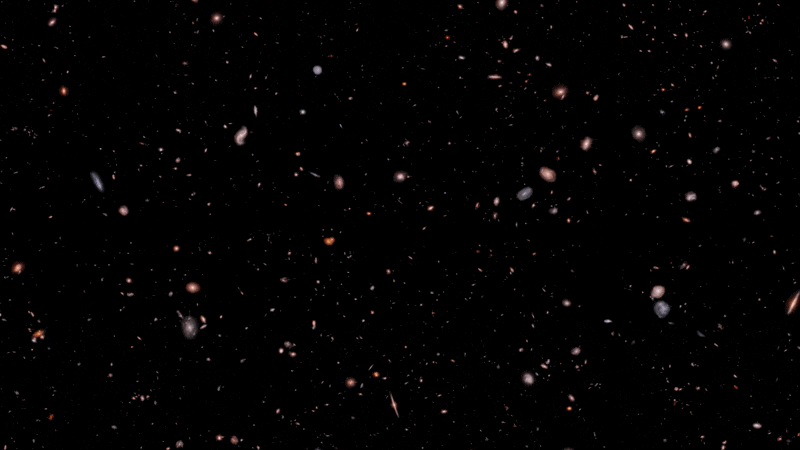Thoughts are the vehicles of emotion. If we’re experiencing a positive or a negative emotion, there tends to be a thought that that emotion is attached to. And while we talk of having self-control over how our feelings are expressed, the way thoughts arise in our consciousness make this challenging.
Thoughts are like the weather of the mind, says Jon Kabat-Zinn, Professor of Medicine Emeritus at the University of Massachusetts Medical School. Some days are sunny while others are rainy, and there’s just not much we can do to change that. According to Kabat-Zinn, too many people understand meditation as a way to banish worldly thoughts, but your thoughts will never go away. You’ve got to observe them like a scientist.
A distinction of fundamental importance is the difference between having thoughts and having awareness, as the two are often conflated. While it sounds plausible that thinking about something necessarily means being aware of it, we are not as in control of our thoughts as, well, we think. Awareness means something different; it means an examination of thoughts as the ephemeral vehicles for emotion that we know them to be.
Thoughts are bubbles, says Kabat-Zinn, that are waiting to be popped by awareness. And once they’re popped, the negative emotion often associated with our thoughts will similarly disappear into the thinness of the air.
Jon Kabat-Zinn: It doesn’t take long when you start to develop a practice of mindfulness before you realize that we are virtually continually bombarded by thoughts. It’s — they’re like weather patterns in the mind. And there are sometimes nice clear sunny days but there are an awful lot of cloudy days, tumultuous days, rainy days, turbulent stormy weather. And again the challenge is how are we to be in relationship to all of that stuff that’s driving our lives and our narrative of who I am? And so when you get in touch with what awareness really is then you’re – the first thing you realize is that those thoughts are not me and they’re not mind. They’re just like weather patterns. They’re impersonal weather patterns in the mind.
So then you can observe them like a scientist. Like what is the nature of this thought? Where does it come from? I mean they come like bullets, you know, fired out of a machine gun. They’re very, very fast so to speak. That’s quite a militaristic image but, you know, another way is bubbles coming off the bottom of a pot of boiling water, you know. If you’ve ever watched a pot of boiling water say a glass pot the bubbles tend to nucleate at the bottom. And then they go through the water and they go poof at the surface. So the thoughts are very similar and that’s where I think we use another – people often use this term that thoughts self-liberate. You don’t have to get rid of them. People misunderstand meditation as, "Oh I just sweep all my thoughts away and then I’m in this like Nirvana."
What you’ll get by trying to sweep all your thoughts away is a headache at the most because there’s no way to sweep your thoughts away. They will get you every time. And then you can have millions of thoughts about mindfulness and meditation and those are just thoughts too. They’re not meditating. But when you see that they’re not your thoughts then you can watch them in this kind of impersonal more sort of if you will observing way with kindness, with self-compassion because a lot of them are heavily loaded with negative emotion. And you can see that if you don’t touch them, if you don’t do anything with them, if you don’t get caught in them they self-liberate naturally in awareness.
The awareness is like touching a soap bubble, you know. It’s fun for kids and fun for adults too. A soap bubble and you touch it and it just goes poof. So I love that image like the thought is the soap bubble and the emotion too. It’s valancing the thought. And you don’t need to do anything with it because your awareness is like it’s not even a finger, it’s not corporeal. The awareness, just the embracing of it or the arising of it like in the sky it goes poof all by itself. And don’t take my word for it. This is something that when you sit down and you begin to watch you’ll see this is not rocket science. You don’t have to sit in a cave for 30 years to have that kind of experience. All you need to do is in some sense get out of your own way.
Now I’m not saying that’s easy. That’s really hard but if you can have moments when you get out of your own way then you’ll see that a lot of the stuff that we get so caught up in it’s like – it’s a mirage. And that doesn’t mean that the thoughts aren’t valuable. I mean I think it was Einstein who said, you know, if you have one or two really good thoughts in a lifetime you’re ahead of the curve. Paraphrasing. So most of our thoughts are actually kind of mundane or imprisoning. But thinking is a very, very – I mean it drives imagination, it drives creativity. So maybe we need to just create a bigger arena for our thoughts and watch how they not only self-liberate but also inform each other at some sense. And all of a sudden you see something that no one in the history of humanity has seen before.
And you apprehend it because you’re making your or something is being revealed to you. I won’t say you’re making the connection but somehow a connection gets made and that’s called an insight. You’re going to have profound insights. I mean the science is sort of storied, you know wonderful stories of eureka moments, insight and it’s usually not by driving thinking and banging your head against the wall. It’s when you thought as much as you’ve gone as far as thought can take you and then you rest in awareness. Maybe sometimes it’s in sleep where you wake up out of the sleep and…






